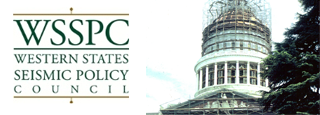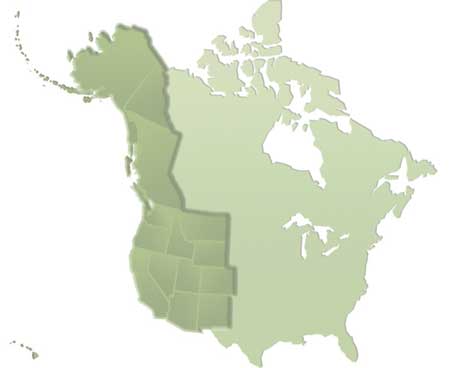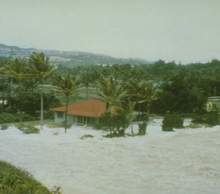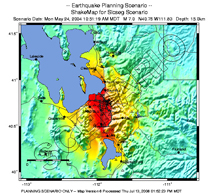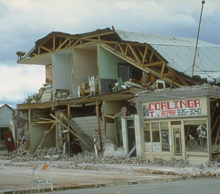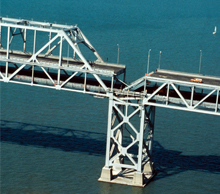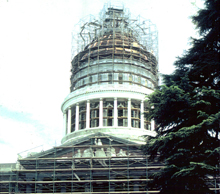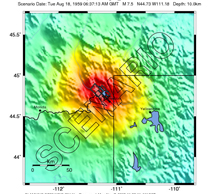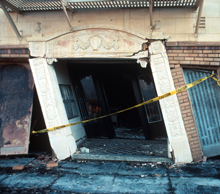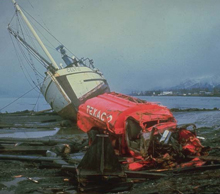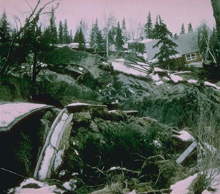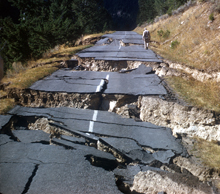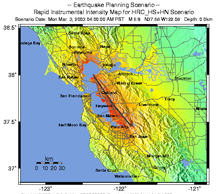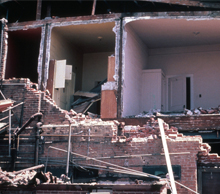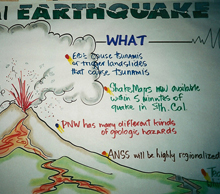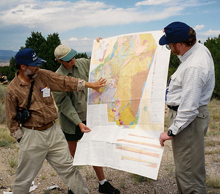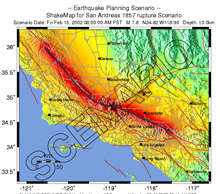Alaska Earthquake Hazards Mitigation Legislation
(AK‐1) Alaska Disaster Act, Alaska Statute 26.23.010: States the purpose of DHS&EM is to reduce vulnerability of people and communities to damage, injury and loss of life and property resulting from a disaster; Prepare for the prompt and efficient rescue, care and treatment of persons victimized or threatened by disaster; Provide a setting conducive to rapid and orderly restoration following a disaster; Clarify and strengthen the roles of state agencies and local communities to prevent, prepare for, respond and recover from disasters; Authorize and provide for cooperation in disaster prevention, preparedness, response and recovery; Authorize and provide for coordination of activities relating to disaster prevention, preparedness, response and recovery; and Assist in the prevention of disasters caused or aggravated by inadequate planning for, and regulation of, public and private facilities and land use.
(AK‐2) AS 29.40.040 Land Use Regulation: Comprehensive Plan shall adopt or amend provisions governing the use and occupancy of land that may include: Zoning regulations restricting use of land and improvements by geographic district; Land use permit requirements designed to encourage or discourage specified uses and construction of specified structures, or to minimize unfavorable effects of uses and construction of structures; and Measures to further goals and objectives of comp plan.
(AK‐3) 13 AAC 50.020. Building Code: The Division of Fire Prevention reviews and adopts building codes every three years. The Division makes necessary changes to tailor the code to Alaska’s conditions. Building codes are enforced by the Division of Fire Prevention and apply to all new construction, repair, remodel, addition, or change of occupancy of any building/structure or installation or change of fuel tanks, except for residential housing that is a triplex or smaller. Some jurisdictions, namely Anchorage, Juneau, Fairbanks, Kenai, Seward, Kodiak, Sitka, and Soldotna have the ability to adopt and enforce their own building codes provided they are at least as restrictive as the State adopted code.
Information taken from the Washington State Seismic Mitigation Policy Gap Analysis: A Cross-State Comparison, by Scott B. Miles, Ph. D. and Brian D. Gouran, L.G.
